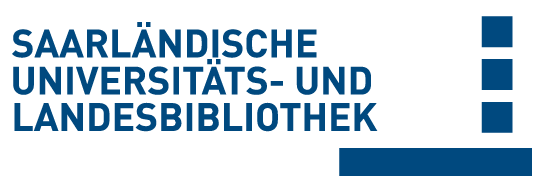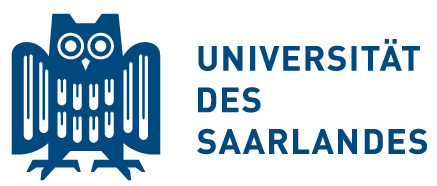Please use this identifier to cite or link to this item:
doi:10.22028/D291-33745 | Title: | Contamination of surgical mask during aerosol-producing dental treatments |
| Author(s): | Gund, Madline Isack, Jonas Hannig, Matthias Thieme-Ruffing, Sigrid Gärtner, Barbara Boros, Gabor Rupf, Stefan |
| Language: | English |
| Title: | Clinical Oral Investigations |
| Publisher/Platform: | Springer Nature |
| Year of Publication: | 2020 |
| Free key words: | Surgical face mask Infection control Dental practice Aerosol Microbiology MALDI TOF mass spectrometry |
| DDC notations: | 610 Medicine and health |
| Publikation type: | Journal Article |
| Abstract: | Objectives Surgical masks are usually contaminated during dental treatment. So far it has not been investigated whether a surgical mask itself can be a source of microbial transmission. The aim of this study was therefore to investigate the microbiological contamination of surgical masks during dental treatment and the transfer of microorganisms from the mask to the hands. Materials and methods Five dental treatment modalities were studied: carious cavity preparation (P-caries, n = 10), tooth substance preparation (P-tooth, n = 10), trepanation and root canal treatment (P-endo, n = 10), supragingival ultrasonic application (US-supra, n = 10), and subgingival periodontal ultrasonic instrumentation (US-sub, n = 10). Bacterial contamination of mask and gloves worn during treatment was tested by imprinting on agar plates. Additionally, before masks were tested, their outer surface was touched with a new sterile glove. This glove was also imprinted on agar. Bacteria were identified by MALDI TOF mass spectrometry. Colony-forming units (CFU) were scored: score 0: 0 CFU, score 1: < 102 CFU, score 2: > 102 CFU, score 3: dense microbial growth. Results All masks and all gloves used during treatment displayed bacterial contamination (sample scores 0/1/2/3: masks 0/46/3/1 and gloves 0/31/10/9). After touching the masks with new sterile gloves, microorganisms were recovered with the following contamination scores: P-caries: 4/6/0/0, P-tooth: 2/8/0/0: P-endo: 7/3/0/0, US-supra: 0/9/1/0, US-sub: 2/8/0/0. No statistically significant differences were detected between the treatment modalities. Streptococci spp. and Staphylococci spp. representing the oral and cutaneous flora dominated. Conclusions Surgical masks are contaminated after aerosol-producing dental treatment procedures. Used masks have a potential to be a source of bacterial contamination of the hands. Clinical relevance Dental staff should avoid touching the outer surface of masks with their hands to prevent transmission of pathogens. It is recommendable to change the mask after each treated patient followed by hand disinfection. |
| DOI of the first publication: | 10.1007/s00784-020-03645-2 |
| Link to this record: | urn:nbn:de:bsz:291--ds-337450 hdl:20.500.11880/31083 http://dx.doi.org/10.22028/D291-33745 |
| ISSN: | 1436-3771 1432-6981 |
| Date of registration: | 7-Apr-2021 |
| Faculty: | M - Medizinische Fakultät |
| Department: | M - Infektionsmedizin M - Zahn-, Mund- und Kieferheilkunde |
| Professorship: | M - Prof. Dr. Matthias Hannig M - Keiner Professur zugeordnet |
| Collections: | SciDok - Der Wissenschaftsserver der Universität des Saarlandes |
Files for this record:
| File | Description | Size | Format | |
|---|---|---|---|---|
| Gund2020_Article_ContaminationOfSurgicalMaskDur.pdf | 465,71 kB | Adobe PDF | View/Open |
This item is licensed under a Creative Commons License


